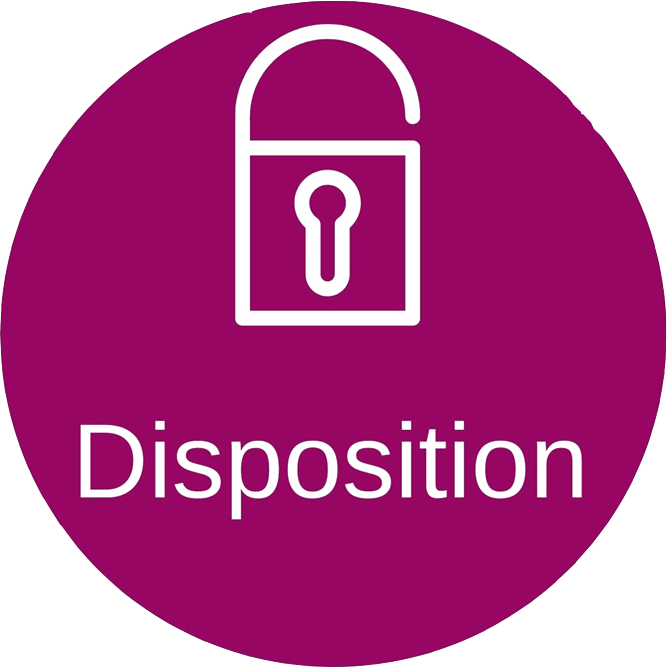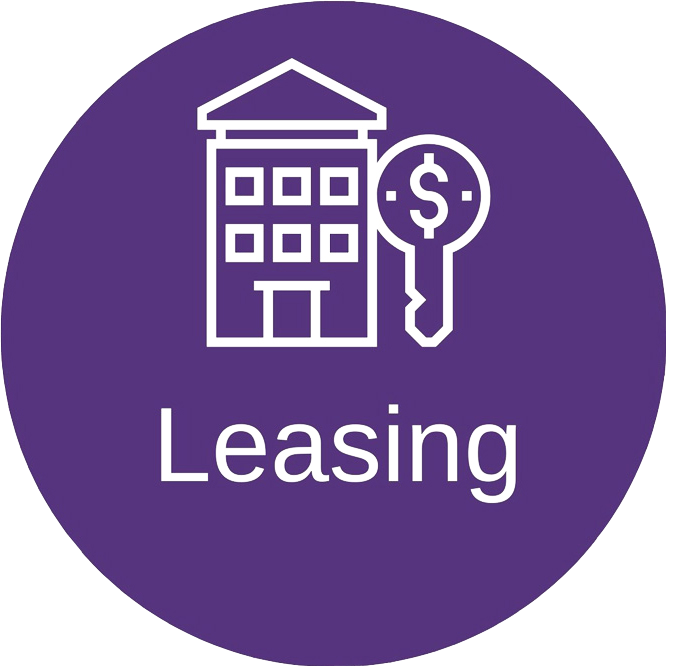It’s no secret that the Bay Area housing market remains expensive and out-of-reach for many — and that there’s been a decades-long shortage of affordable units across all counties.
The state’s Regional Housing Needs Allocation (RHNA) process determines the total number of housing units that each local government in the Bay Area must plan to accommodate for the period from 2023 to 2031, , separated into four affordability categories.
RHNA is intended to ensure that cities and counties enable enough supply to meet expected demand, particularly for affordable housing. Recent years have seen demand outstrip supply across all affordability levels, according to the Association of Bay Area Governments (ABAG).
RHNA allocations are also expected to take account of employment patterns and, as of this cycle, the importance of racial equity in deciding where new housing should go.
The California Department of Housing and Community Development calculates the total number of homes for which the Bay Area must plan to meet the housing needs of people at all income levels.
ABAG developed a methodology to allocate this housing need to every local government in the Bay Area. The numbers mapped are from the ABAG Final RHNA Plan: San Francisco Bay Area, 2023-2031.
Click on the cities below for the RHNA numbers in each of the communities throughout Santa Clara, San Mateo, Santa Cruz, Monterey and San Benito counties as well as the southern part of Alameda County.




